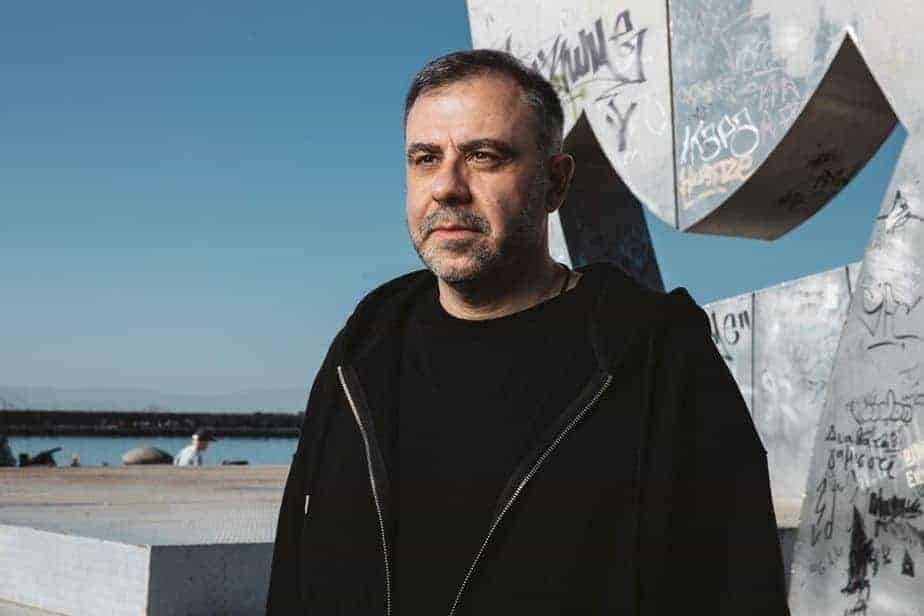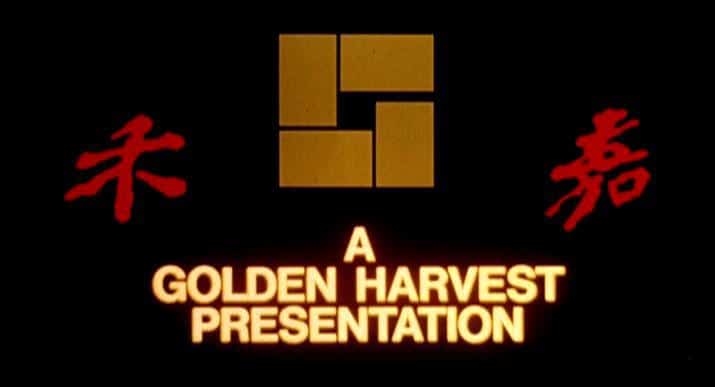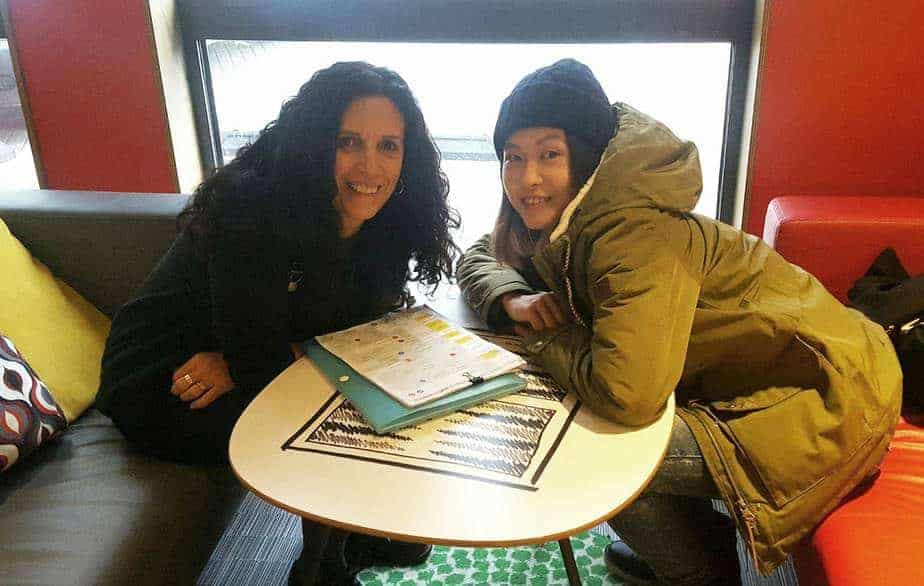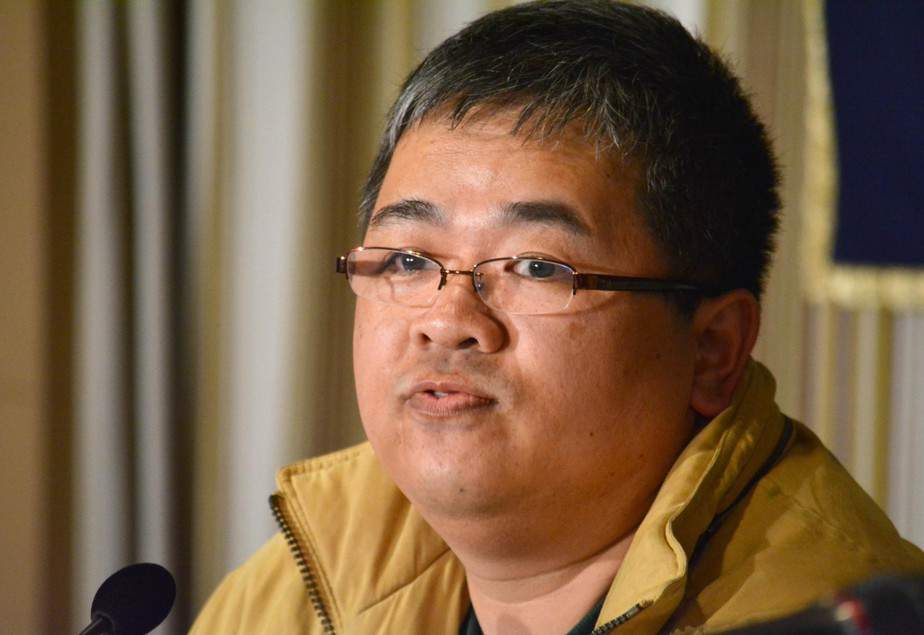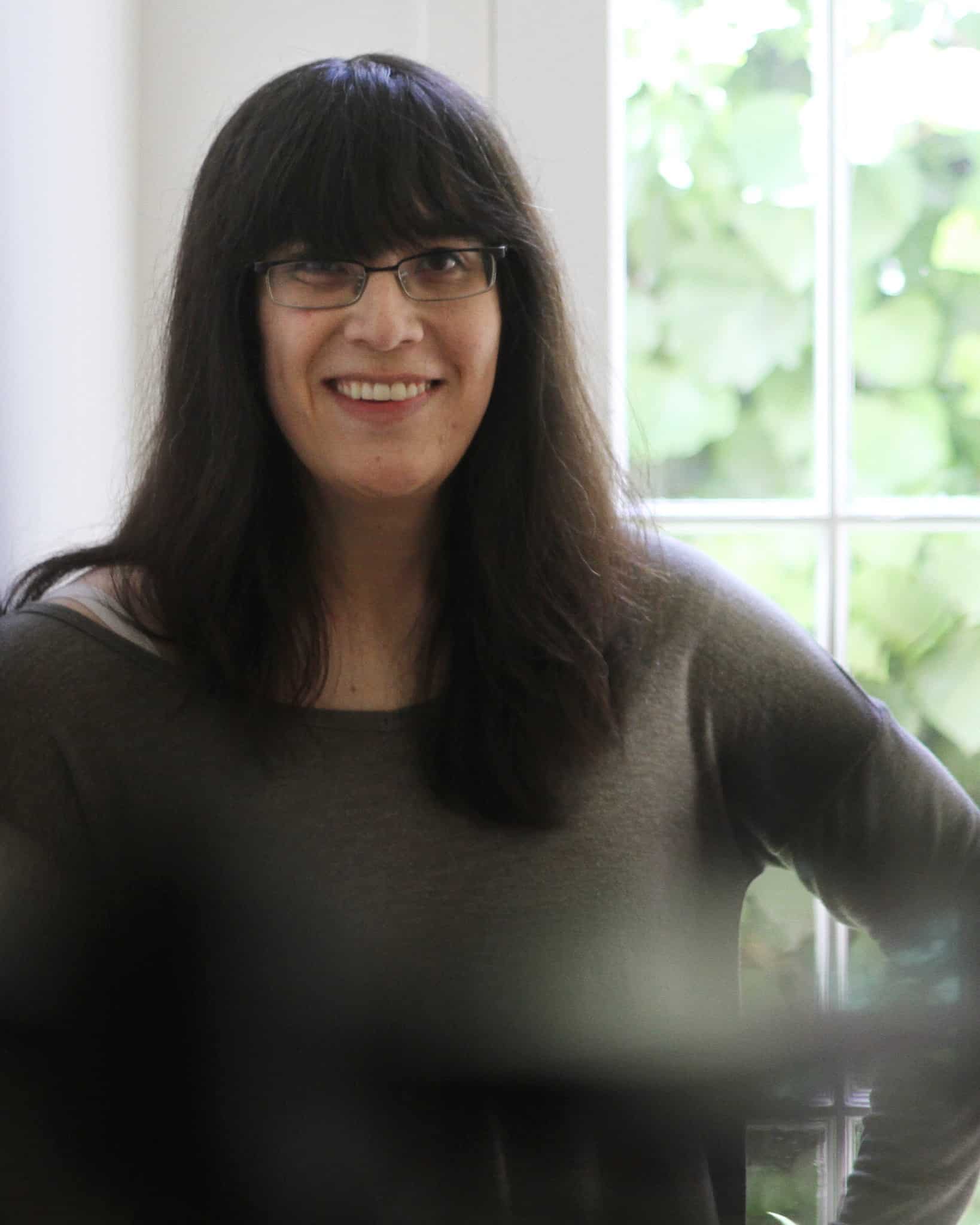Director, screenwriter, literary theorist and author of poetry and philosophy texts Dmitry Mamuliya graduated from Tbilisi State University's Faculty of Philosophy and went on to study Directing in Moscow. He is the author of the films Moscow (short), Another Sky – which marked his debut feature – and The Criminal Man.
On the occasion of “The Criminal Man” screening at Thessaloniki International Film Festival, we speak with him about the inspiration behind the film and Giorgi, the unnoticeable people of the world, becoming a criminal, and many other topics.
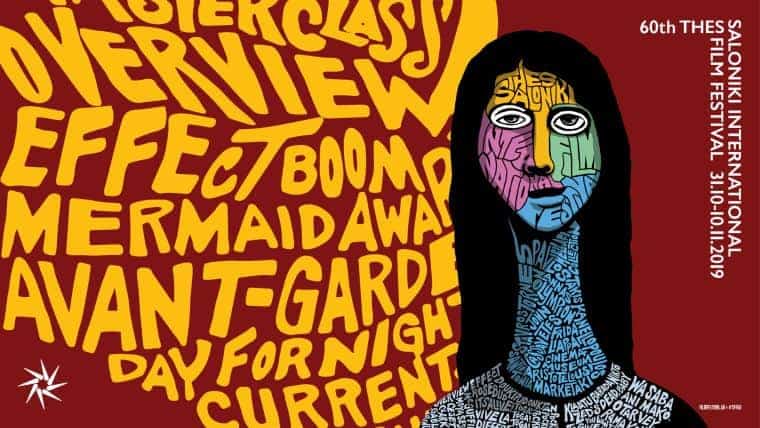
What was the inspiration behind The Criminal Man and how did you create the character of Giorgi?
I was interested in genealogy of a crime, how a person steps into the darkness, into the night, how their soul gets sick and starts a feud with the world around. I suddenly discovered that all that is happening to this sick soul has visual nature. The person enters the night of his life, and his world turns into the set of unconnected ever-changing images, like in a kaleidoscope. Those images are often haunting, sometimes there is no logical connection between them. But the connections exist, only they lie not in a logic but in psyche. One can find the same structure in Leonid Andreyev's short story The Thought, in Leo Tolstoy's The Kreutzer Sonata, in Anton Chekhov's The Black Monk. All these stories talk about a crime and they all are structured as a series of unrelated images, where reality gets distorted and the imagination becomes reality. So I tried to create this burred picture of reality and imagination. It happens in life, too – you get carried away with some powerful streams that strip you from your social, civil or any other role, and give birth to a criminal inside you.
Why did you have him being almost completely silent and why almost no one seems to notice him?
Partly it is because of the actor who played the role, it suited him to stay silent, considering his plasticity. His very figure, it seems, offers a number of solutions. Imagine you see a person with the same face, but he walks, he eats, he takes the metro, he works, he goes to a café, he enters a forest. He is like a train that you take to travel through the different rooms of his world, where every stop has a certain existential essence, and we look not at him but at what happens around him. He, his image, is scarce, poor, but what surrounds him is rich. His reality intersects with imagination. The world around him is a little distorted, a little fable-like, but only to the degree that it retains its status as a reality. It was interesting to me to use this method in my film, to make the character static and the world around him kaleidoscopic, so to say, and it shows him different pictures, either real, or sick and phantasmagorical. That's why he is unnoticeable. He is nobody.
Does his actions aim to change that, to make others take notice of him?
Yes and no. At first he doesn't act so that the world would change its attitude towards him. He is sort of outsider in this world, he is distanced from it. Imagine someone passing by a restaurant window and seeing a wedding reception. People are dancing, laughing, he sees them moving but he can't hear the music. Yet he sees something from the outside what is not possible to see from the inside. He sees some kind of essence invisible for those inside of the stream of life, something visible only when you are out of it. So this is how our hero is. He is always behind the window. Together with my editor Andrei Klychnikov we defined the editing principal like this: it has to happened not in accordance with the dramaturgy principals following the causes and consequences, as it is usually done when telling a story, but following the main character's thinking. The character is moving through the space of the film in accordance with what is happening in his head, and his head sometimes follows the reality, and sometimes it is totally sick and leads him to the untraveled paths. The act of killing that he commits pushes him into the reality, of course; perhaps he wants to be seen, noticed, but he stays where he was, he is invisible again. In the film, if you noticed, after committing the murder, the main character retreats to the background, we see lives of different people on the foreground, while he remains in the back. In terms of form, this is how the scene at the police office is done, and all the other scenes after that. There is a sense of doom in his invisibility.

Do you believe that anyone can become a murderer?
Of course, one becomes a murderer, or a criminal. A crime is a becoming, and it has its psychological roots. There are zones of darkness, like there are zones of turbulence in the sky. You enter these zones and your soul starts shaking, it gets distorted. These zones are often connected with the dark Eros. The dark Eros is different from the light one, which has linear nature and one or several directions. The dark Eros is chaotic. It is like an explosion with pieces flying apart. Aimlessly. In this film, I tried to catch this language of dark Eros, inconsistent, going back and forth from gaining logic and sense, to losing them.
Can you explain a bit more about the letter he sends, at the end of the film?
Remember the baby with glass eyes in the end of the film, rocked to sleep by his mother? These glass eyes follow the letter in which the man character says that he wants to be born again. Meaning that his life, the one he had before, is over, and he wants to be born again, so he chooses a mother, the same gypsy, wife of the killed miner. And in the end of the film, we see his second birth. Or maybe it is not him but the baby definitely has the glass eyes. Another outsider, pariah, is born, and he will look at the world behind the glass, and god knows where life will lead him. And so the baby's quiet cry pierces the sky.

The scene in the bar with the girl dancing, is one of the most captivating in the film. Can you give us some more details about the way you shot it and its meaning?
Kaleidoscope is spinning. The scene in a bar is one of its pictures. What does this pattern mean? The dancer in sparkling red dress moves ecstatically giving her body to three blind men. Where did she come from and why did she turn our main character into murderer? Because it is this image that gives him his essence. He becomes the person he was going to become. To be more precise, here is the jigsaw puzzle of many pieces. One of the pieces is the look that the main character gives to the little Teah. Do you remember this look, when she is sitting in a car like a grown-up woman? The other pieces of this puzzle are all the images with birds. I get asked a lot about them, what they mean, what they symbolize? In the world of sense they don't mean anything, or at least, I'd like them not to mean anything. But their meaning lies on a different plane, the plane of fear and anxiety. The birds are the fear, and the hero himself sometimes looks like a bird. It is like he becomes part of this bird world of fear.
Like Chekhov's Black Monk, it is fear embodied in some inexplicable flesh. This flesh makes the world oneiric, and it starts to float and to present its not entirely real faces to us. I wanted to join the film images like the pieces of whole big moving in time picture – the little girl, main character's niece, who looks like a grown-up, birds in a flat, gypsy's hair, black like death's, the hands squeezing dancer's breasts. The puzzle was supposed to be assembled from different pieces, to present the irrational, oneiric picture of the crime. It is the world distorted by the character's conscience. One can watch the film as a picture extended in time. If in a painting we have the objects placed in foreground and in back ground but on the same plane, then one can imagine a film as a picture placed on a line, and this picture is unfolding in time, and all its pieces come together on the plate of memory. A viewer used to follow causes and consequences may remain indifferent to the unfolding of this picture. They may get stuck in search of logic. But imagine that the film is a distorted picture of the world in one not entirely healthy psyche. Maybe I managed to capture this distortion with cinematic language, maybe not. I don't know.
Why did you choose to shoot the film in the town of Chiatura and how difficult was shooting there?
Chiatura is almost a futuristic landscape. It attracted me with its artificiality and its rhythm of life. Time flows in a special way there, and I felt that it is similar to the main character's existence in time. It seemed to me that there was something morbid in this rhythm.

In general, how was your cooperation with Anton Gromov and Alisher Khamidkhodzhaev?
Both Gromov and Khamidkhodzhaev are remarkable cinematographers, with their own style. They both, each in their own way, are able to turn a sad, distant face into a fresco.
George Petriashvili gives an imposing performance as Giorgi. How did you cast him and how did you guide him for the role?
It was easy to work with George. He is similar to our main character in some ways. He is strange, reserved. He understood everything at a glance and quickly got into the character. When working with non-professional actors it is very important to synchronize with them. I mean it in almost physical sense, like in synchronized swimming. The fact is you cannot discus character's motivations and intentions with non-professional actors, so you have to become the character yourself and transmit information on a tactile level, emitting some kind of vibes. The actor feels your condition, and if you are not completely in shape, he is out of it, too. But if you are in shape and you are scared and worried, then the fear and anxiety appears on actor's face and in his posture.
What is your opinion about the Georgian film industry at the moment?
There are many interesting projects in production in Georgia right now. A lot of interesting films are made this very year.
Are you working on any new projects at the moment?
Yes, I'm simultaneously working on two projects. I won't tell what they are about, only that in one the tragedy unfolds within a family, and another one is about a profound woman, who also hit a dead end.


